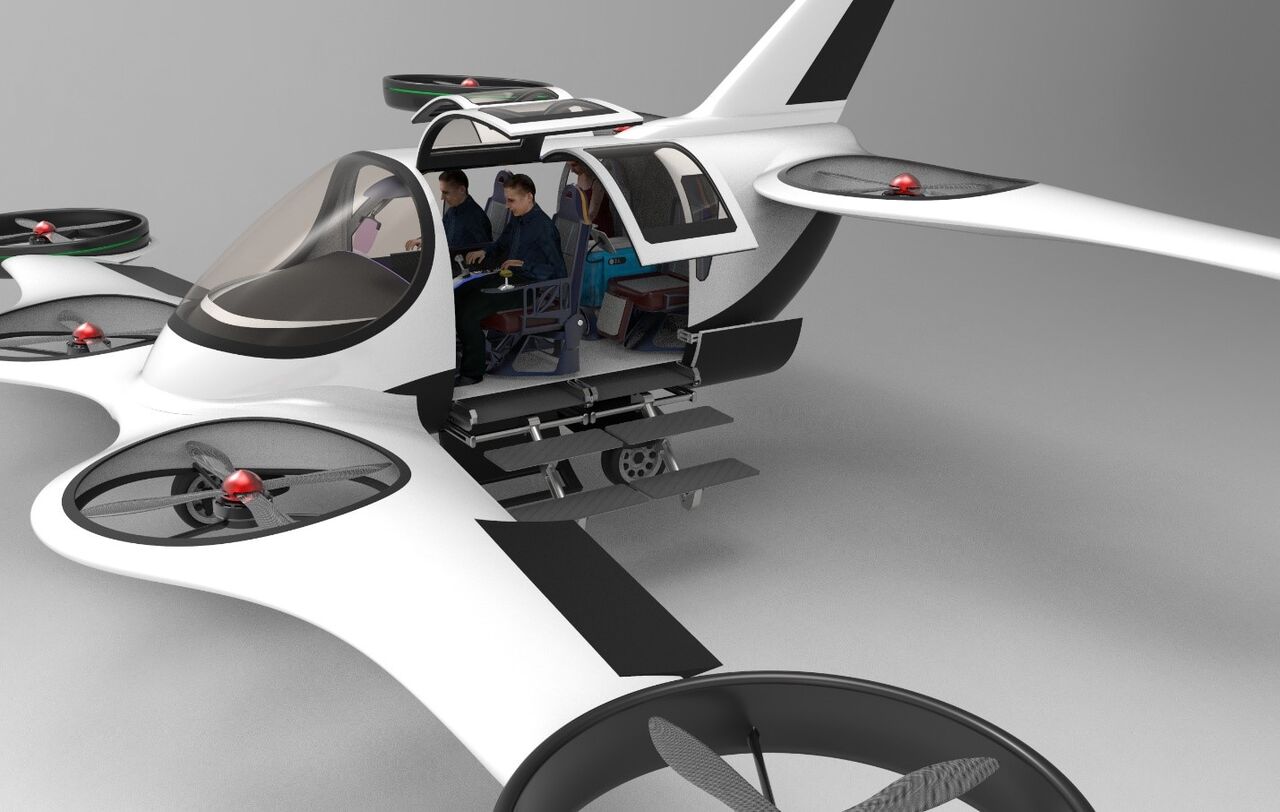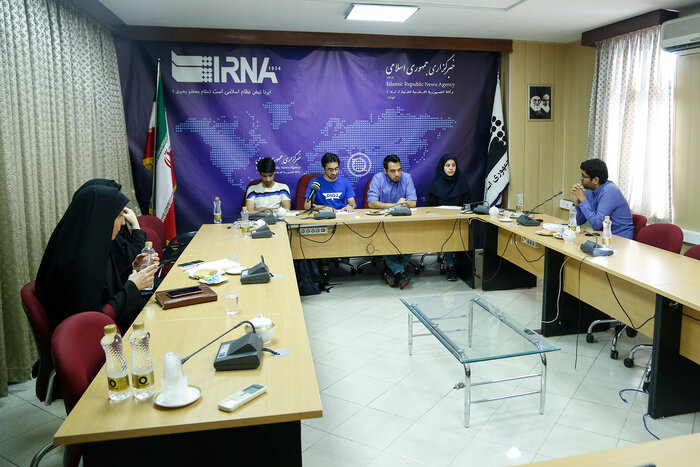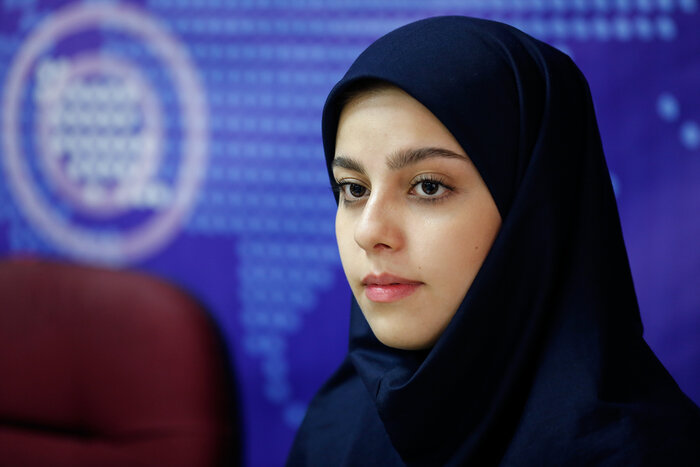ShadX is the brand name of the 11 young Iranian aeronautics scientists and their team leader from Sharif University of Technology that presented their idea of an electric vertical take-off and landing aircraft (EVTOL). They won the first prize in Graduate Team Aircraft at AIAA’s 2019 Design Competition. There are three women in the team.
They’ve left the world’s mouth wide open as they thought the US economic sanctions could paralyze the country’s main infrastructure, especially its academic sector. The reality is different, though.
Spricho, a Persian word that means swallow in Kermani dialect, is the name of their On-Demand Energy Efficient EVTOL Airtaxi that flew in the competition with closed wings but flew higher than its rivals.
“By the 1870s, New Yorkers were taking over 100 million horsecar trips per year and by 1880 there were at least 150,000 horses in the city that required a credible workforce to just clean the streets from their drops. The situation became intolerable until Henry Ford introduced affordable personal vehicle for transportation. Currently, there are more than seven million vehicles in the New York city and the history is getting ready to repeat itself. In fact, this proposal is the team ShadX2019’s response to the AIAA’s 2019 Graduate Team Aircraft Design Competition RFP for an E-VTOL flight vehicle to meet ODM/UAM requirements,” reads ShadX’s proposal introduction.
“This aircraft has eight 34-inch engines. After the vertical take-off, four of the front engines start and keep it vertical, commencing its initial flight. While landing, these four engines rotate in horizontal position and it lands by the power of all of its eight engines,” said Farid Rasouli, the team leader, in an interview with IRNA.
The aircraft will have a pilot at the beginning, flying three passengers during its first five years. After the autonomous systems learn how to fly the plane, the pilot will be eliminated and it will have four passengers.
“we at ShadX are clearly aware that any existing aircraft “Cost Estimation Relationships” could hardly be suitable for E-VTOLS. Therefore, we developed a tailored cost model to predict the production as well as the operation cost of such aircraft and especially for Spricho,” according to their proposal.
“The preliminary studies have made us certain that a unit cost of less than 500,000 USD and a total operating cost less than 180 USD/hour would well be justified. This approach allows us to propose a production plan that gives %15.6 profit margin during a 22-year production with enough confidence. This is a sound and scientific way to attract more launch customers and definitely help finance the project,” they added.
Rasouli says the team always wanted to challenge itself beyond the realms of academics and level themselves up to what the world is requesting from today’s students.
“AIAA is very famous in the world. Although all of us were studying BS at Sharif University of Technology, we decided to take part in the graduate level. We had nine months to move towards our goal,” he added.
The team didn’t allow sanctions and pressures to let it down. Since 2015, 12 teams from Sharif Aeronautics Faculty took part in these competitions and won six awards.
“We were never restricted by the problems. If we didn’t have access to a certain program, some of the team members wrote its code themselves. We never quit,” said Reza Fattahi, the project advisor.
Yasamin Karamian, one of the three female members of the ShadX, believes “there was an equal situation for the participation of men and women in our team”.
The team faced many problems on the way, such as lack of a permanent workplace. But, none of these was enough to destroy their morale.
“Another problem was limits that we faced in accessing scientific programs and software due to the sanctions. We used older versions of the necessary softwares that was problematic. So, we were forced to code, develop those softwares,” said Hossein Akbari, another member of the team.
EVTOLs are a new generation of aircraft that are set to be used in the urban airspace. “We faced many challenges such as the lack of landing and taking off area or the fact that they should be pilotless,” said the team leader Rasouli.
“There is no need for physical participation of the teams in the AIAA’s competition. Should a team win, it receives an invitation to go to the institute. We are waiting for an invitation."
“If there is an investment, our design can be commercialized. We need $2bn to build 2,000 EVTOLs. Our team is ready to propose its idea and should we find investors, we will also help them build it,” said Rasouli.
9218**1424
Follow us on Twitter @IrnaEnglish







Your Comment